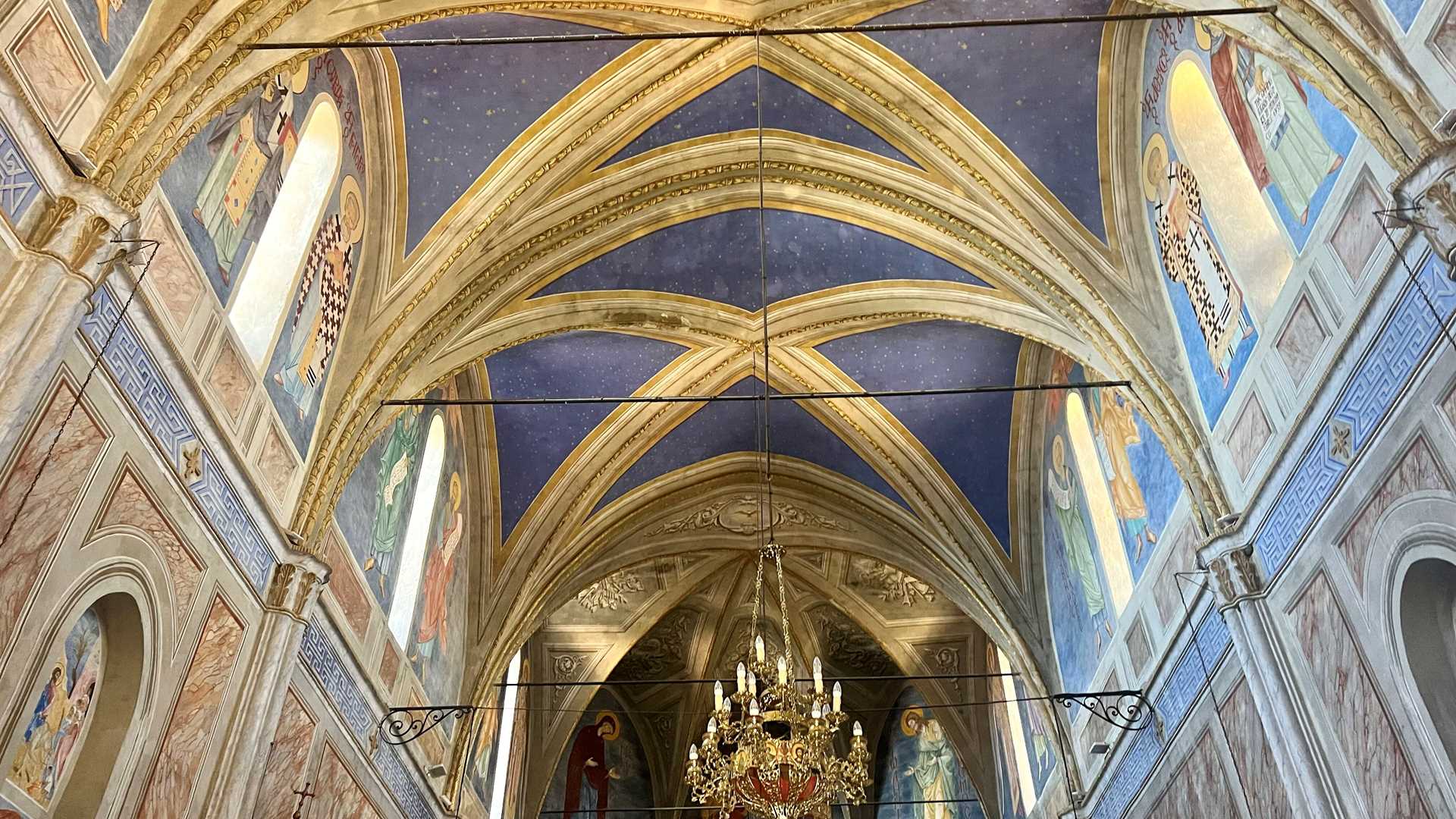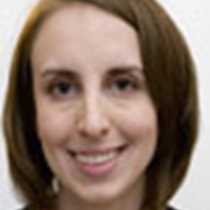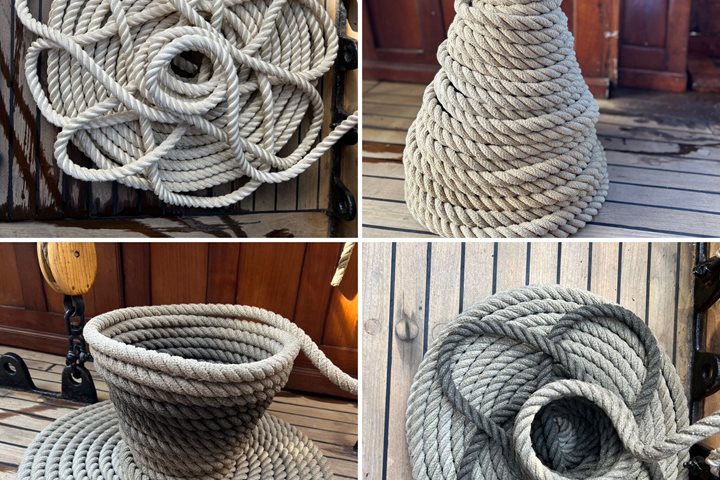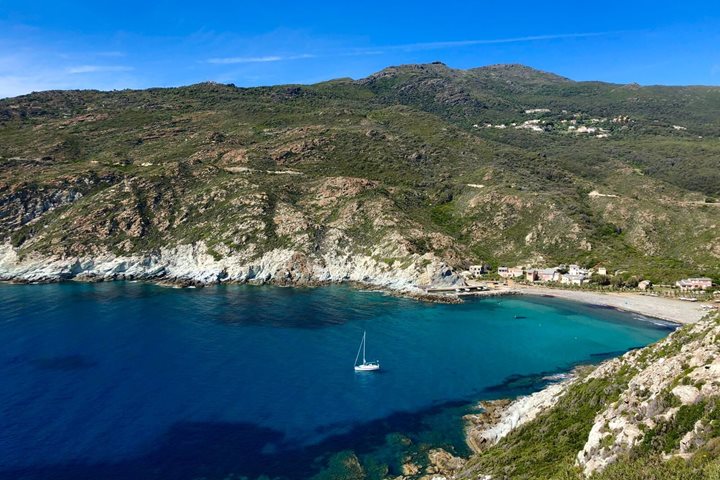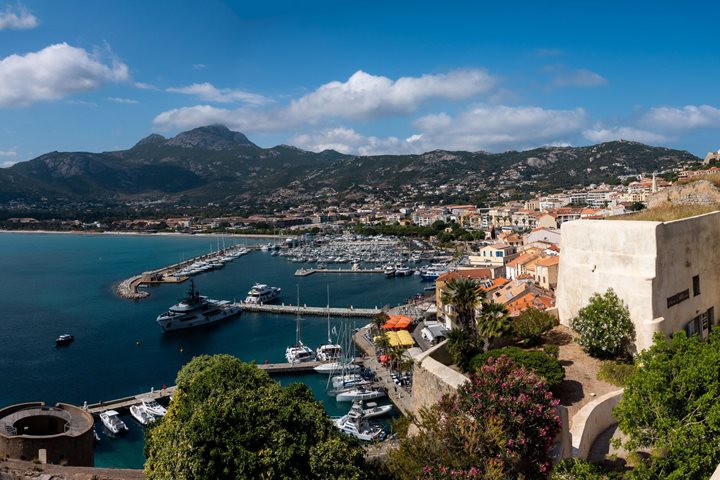The morning was slightly overcast and the sea calm as we sailed into Ajaccio harbor. We docked at 8:15AM. We boarded our coaches for our first stop at the village of Cargese. This was originally a Greek settlement and was founded in the late 17th century. Some six hundred were given refuge from the piratical attacks on their islands in the Cyclades, chiefly from Turkish privateers. The Greeks and the Turks have been traditional enemies ever since the loss of Constantinople/Istanbul to the Turks in 1453. Memories don’t die. We had a brief stop here and were able to visit the lovely Orthodox Church with its nice icons and iconostasis – the screen of images – which in the Orthodox liturgy separate the celebration of the mass from the worshipers. The church had a wonderful “last judgement” fresco directly over the choir showing the good and bad souls being weighed on a balance scale and the saved held in God’s hand. In the world before literacy was widespread these images were the teachers. Directly across from the Orthodox Church stood the Roman Latin Catholic Church – a salient reminder of the unfortunate split between these two churches in the mid-11th century.
We then boarded our coaches for the most dramatically scenic region of Corsica, the Calanques. The drive through San Sebastian Pass to the range of magnificent red granite weathered mountains in Calanques was spectacular. The rocks display a palate of various shades of pink, rose, rust, and red granite. The wind and water have worn the hard granite into a vast multiplicity of extraordinary shapes. At one point we passed a large stone that looked remarkably like the head of a dog and an eroded massive granite rock which had the shape of a heart. It was a hair-raising drive as frequently our guides had to get out and direct traffic around the tiny mountain road. We passed through the village of Piano enroute to our restaurant on the waterfront. We ate lunch literally steps from the surf.
On the drive back, the views from the heights of the blue seas crashing against the red granite cliffs was dramatic. This evening our Expedition Leader John Frick presented a lively talk on the history of the Sea Cloud which was followed by an open-house in the original owner’s cabins, numbers one through ten. We then sat to a wonderful dinner.

